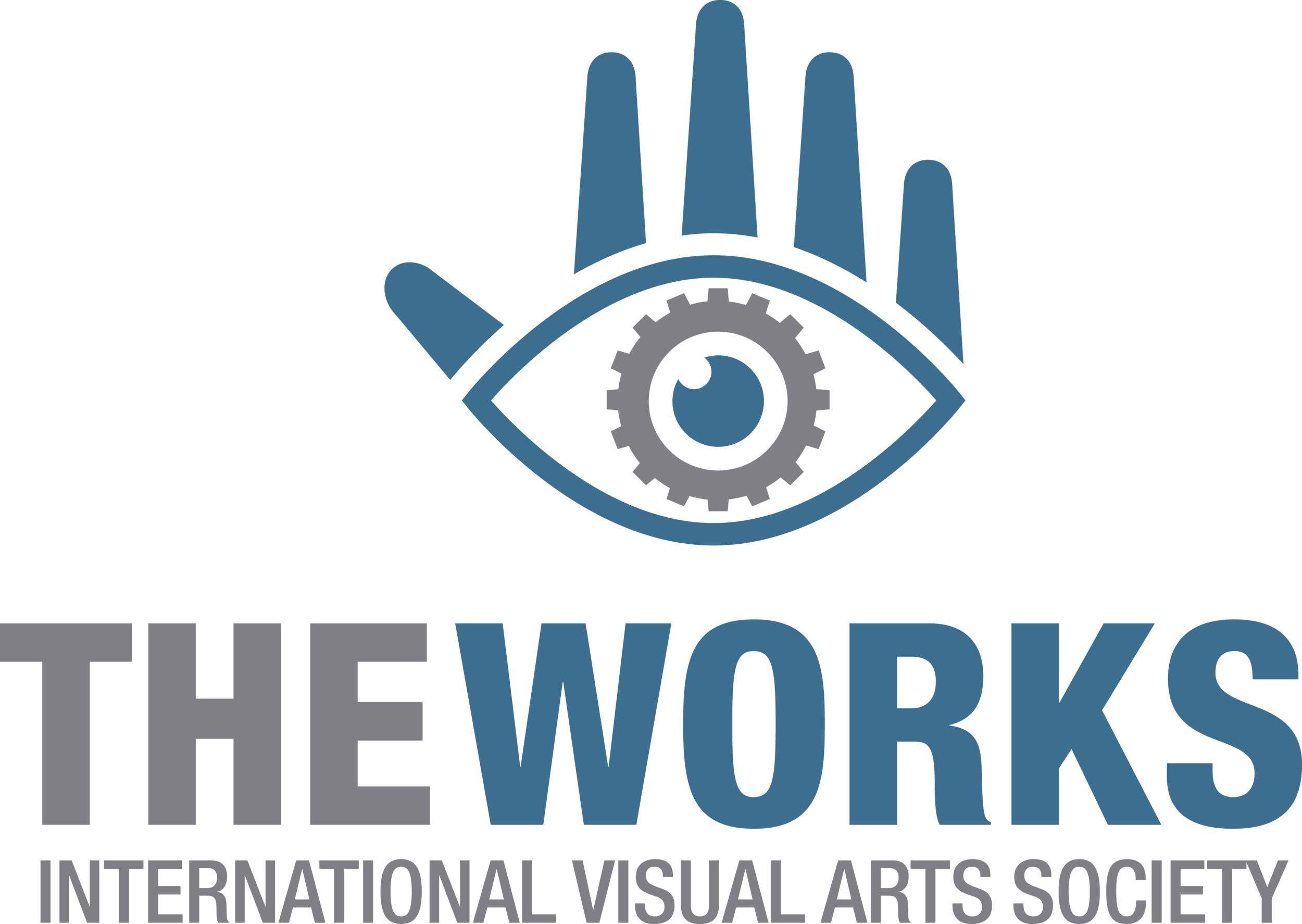The Hidden Reveal - Yang Lim
Date: Thursday, June 29, 2017
Author: Yang Lim
What choices does an artist make when creating a portrait and to what extent is a person’s portrait inherently political? At first glance, Carol Wylie’s series “Mona Lisas and Mad Hatters” in Manulife Place appears to be simply portraits of individual people standing or sitting against a backdrop of monochrome walls. However, the historical trajectory of the artistic portrait tradition has tended to focus on prominent subjects or famous people as a means to affirm their status by casting their likeness into art. Alternatively, another element in the historical development of the portrait tradition has been the growth of works that aim to portray a particular community by depicting people from it. Inevitably, such a representation leads viewers to regard that person as a representative for that group as a whole, regardless of whether this is justified or not.
In contrast, Wylie’s portraits depict rather ordinary-looking people who are, nevertheless, individualistic as they each have their own sense of style, quirks, and relationship with the artist who is painting them. Their representation in portraiture frustrates any attempts by people who may be seeking markers of authenticity or markers of identity that can help them to formulate their overall impressions of each person. Instead, Wylie draws attention to the inadequacy of defining something by a name or appearance alone and prompts viewers to consider the people in these paintings more carefully in order to discern their lives and histories, even if our opinions can only be speculative and hypothetical.
The paintings’ titles appear to refer to the person’s occupation, such as Wylie’s pieces “The Musician,” “The Student,” and “The Actor.” However, upon closer observation, it would seem that they are not to be considered simply in a literal sense, but perhaps in a metaphorical sense. Indeed, the work “The Musician” depicts a man with a long beard and glasses who is sitting in what appears to be a film director’s chair, without any indication otherwise that he is a musician; is this perhaps a reference to his role in filmmaking, which can be seen as a form of “music,” as the director is involved in realizing a vision by pulling all of the different components together? Or could this person actually be a musician who is dressed a bit unconventionally? Similarly, the obvious reference for the work “The Batman” could be the man’s t-shirt that has the Batman symbol, but perhaps this is also referring to something else about him that evokes the traits of that comic book character.
As for her other paintings, the origins of those titles are less clear and may perhaps refer to the person’s attitudinal or psychological disposition rather than an occupation. For example, one of her other paintings is “The Student,” while another is called “The Philosopher.” The artist also includes herself in a piece, which she titles “Self-Portrait.” However, again, in this case what is interesting is what she has chosen to wear and the way in which she has chosen to position herself for the painting. Again, it appears to prompt viewers to look beyond the title and appearance and to consider what may lie beneath.
In a different sense, the partner gallery Harcourt House delves into these unspoken and hidden perspectives in its exhibit “What’s Left Unsaid: 29th Annual Members’ Show”. With works in a variety of mediums, these artists focus on subjects that range from realistic depictions of specific settings of people to more abstract representations of psychological states. Works such as James Gaa’s “Diner” and Ranold Funk’s “End of the Road” prompt us to consider the hidden stories that underlie these places and objects, whereas other pieces that portray people in different emotional states draw viewers to recreate the narratives that have shaped their lives. For example, Debra Bachman’s “Flares” appears to depict an elderly woman in distress or pain, although the cause of the woman’s current state is left open to interpretation. In contrast, other works in the exhibit such as Sara Norquay’s “Phantom Self” and Krista Acheson’s “A Wish Resign’d” provide a more abstract visualization of psychological states that evoke a particular mood, rather than referencing any specific individual.
Nevertheless, in the same way that Wylie’s works seem to push viewers to consider the hidden meanings behind her portraits, the Harcourt House’s exhibit also seems to ask the public to look beyond the literal meanings of the people, settings, and objects being depicted and to consider the stories and experiences that lie beneath. In this respect, both exhibits are arguably political as they challenge patrons to look at what they may literally see in a different way.
Carol Wylie "The Brother" exhibited at Manulife Place during The Works 2017

